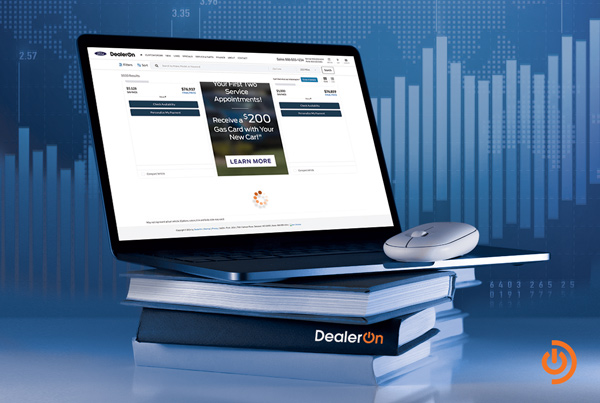

Our recent transition to a Single Page Application (SPA) framework for Search Result Pages (SRP) has raised concerns about a noticeable decrease in analytics pageview counts. In this article, we explain why this decrease is happening and demonstrate how these changes enhance the user experience.

As a leading provider of website solutions for automotive dealerships, we continuously strive to enhance user experience and improve platform performance. Recently, our transition to a Single Page Application (SPA) framework has raised concerns regarding a noticeable decrease in SRP (Search Results Page) pageviews.
In this article, we will explain why this decrease is happening and show how these changes make the user interface and overall user experience better.
Key Takeaways
- User numbers, a more accurate measure of engagement, remain consistent.
- The decrease in pageviews is not indicative of reduced traffic or engagement.
- The SPA transition enhances the user experience, providing a smoother and faster interface.
- Focusing on user metrics provides a more accurate representation of site performance and user engagement.
Background
GA4 (Google Analytics 4) plays a critical role in tracking website metrics, helping dealerships understand user behavior and optimize their online presence. Traditionally, SRP pageviews have been a key metric, categorized as events in GA4, which fire whenever an SRP is loaded. However, since the start of May, we have been transitioning all our sites to an SPA framework.
The Transition to Single Page Application (SPA)
What is SPA?
A Single Page Application (SPA) is a web application that changes content by dynamically rewriting the current page rather than loading entire new pages from the server. This results in a smoother and faster user experience.
Impact on SRP Pageviews
Under the SPA framework, actions such as using refine search filters or reaching the bottom of a page no longer trigger a page reload. Instead, the page responds to these actions automatically. Consequently, the traditional pageview event is not triggered, leading to what appears to be a drop in SRP pageviews in GA4 reports.
Example of Functionality Change
To illustrate the impact of this transition, compare the user experience on the following sites:
- Older version (Non-SPA): https://vwdemo2.dealeron.com/searchnew.aspx
- Updated (SPA): https://vwdemo1.dealeron.com/searchnew.aspx
Analyzing GA4 Data
Pageviews vs. Users
It is essential to distinguish between two key metrics in GA4: pageviews and users.
- Pageviews: The number of times an SRP is loaded.
- Users: The number of unique individuals visiting an SRP.
Since the SPA change only affects how the page loads content, the number of users visiting the SRP stays the same. The pageview count drops because the SRP no longer needs to load new pages to display new content.
In the example below, the first chart shows the decline in pageviews following the switch to SPA on June 11, while the second chart demonstrates consistent user numbers.
Conclusion
The recent decrease in SRP pageviews is likely a direct result of our transition to an SPA framework designed to improve user experience. By eliminating unnecessary page reloads, we have created a more responsive and efficient platform.
Featured Articles from DealerOn University
- Turbocharge Your Dealership’s Online Presence With Conversion Rate Optimization
- Essential Digital Marketing Strategies for Automotive Dealers
- Customized Journeys: How Website Personalization is Changing the Car Buying Experience
- Key Data Privacy Best Practices for Dealership Websites
- Remove the Guesswork From Your Customer’s Vehicle Search


